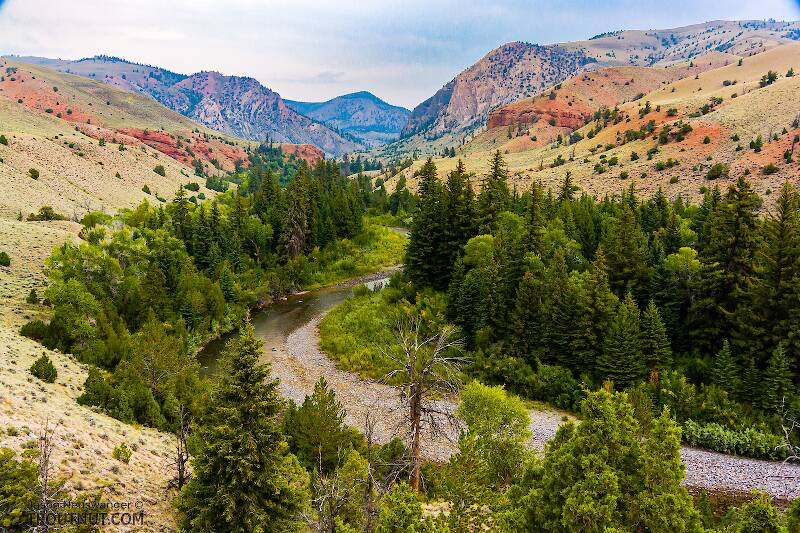
Salmonflies
Pteronarcys californica
The giant Salmonflies of the Western mountains are legendary for their proclivity to elicit consistent dry-fly action and ferocious strikes.
Featured on the forum


Troutnut is a project started in 2003 by salmonid ecologist Jason "Troutnut" Neuswanger to help anglers and
fly tyers unabashedly embrace the entomological side of the sport. Learn more about Troutnut or
support the project for an enhanced experience here.
Caddisfly Species Neophylax splendens (Autumn Mottled Sedges)
Where & when
Time of year : October and November, slightly earlier than Neophylax rickeri
In 15 records from GBIF, adults of this species have been collected during October (73%), November (20%), and September (7%).
In 9 records from GBIF, this species has been collected at elevations ranging from 922 to 8566 ft, with an average (median) of 6266 ft.
Species Range
Start a Discussion of Neophylax splendens
References
- LaFontaine, Gary. 1981. Caddisflies. The Lyons Press.
- Swisher, Doug and Carl Richards. 2000. Selective Trout. The Lyons Press.
Caddisfly Species Neophylax splendens (Autumn Mottled Sedges)
Species Range
Common Name
Resources
- NatureServe
- Integrated Taxonomic Information System
- Global Biodiversity Information Facility
- Described by Denning (1948)

